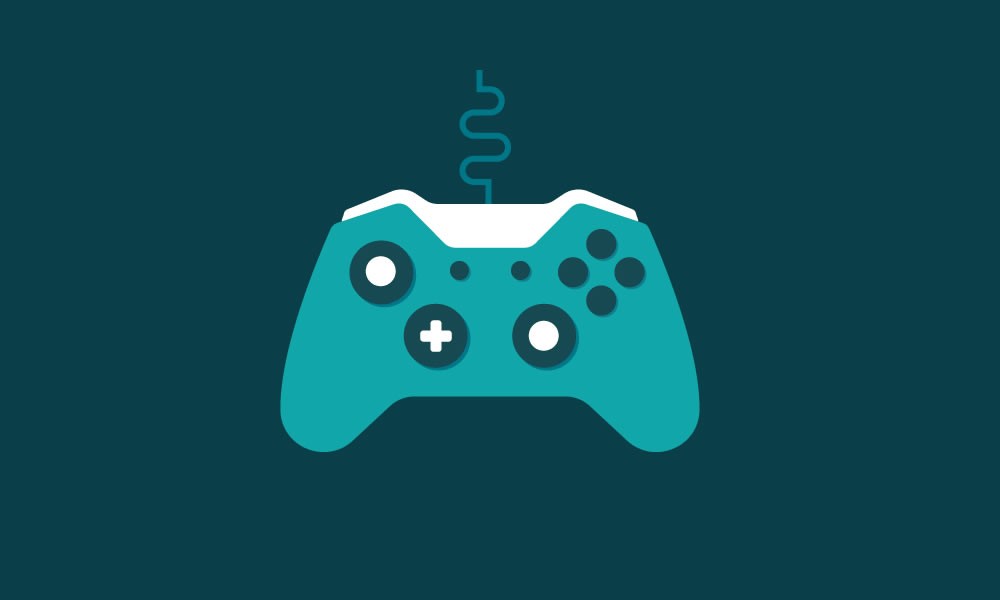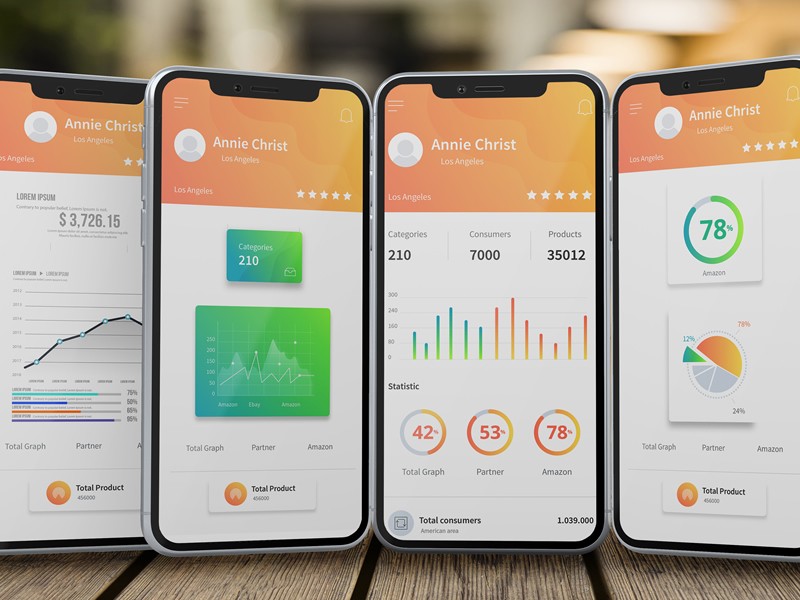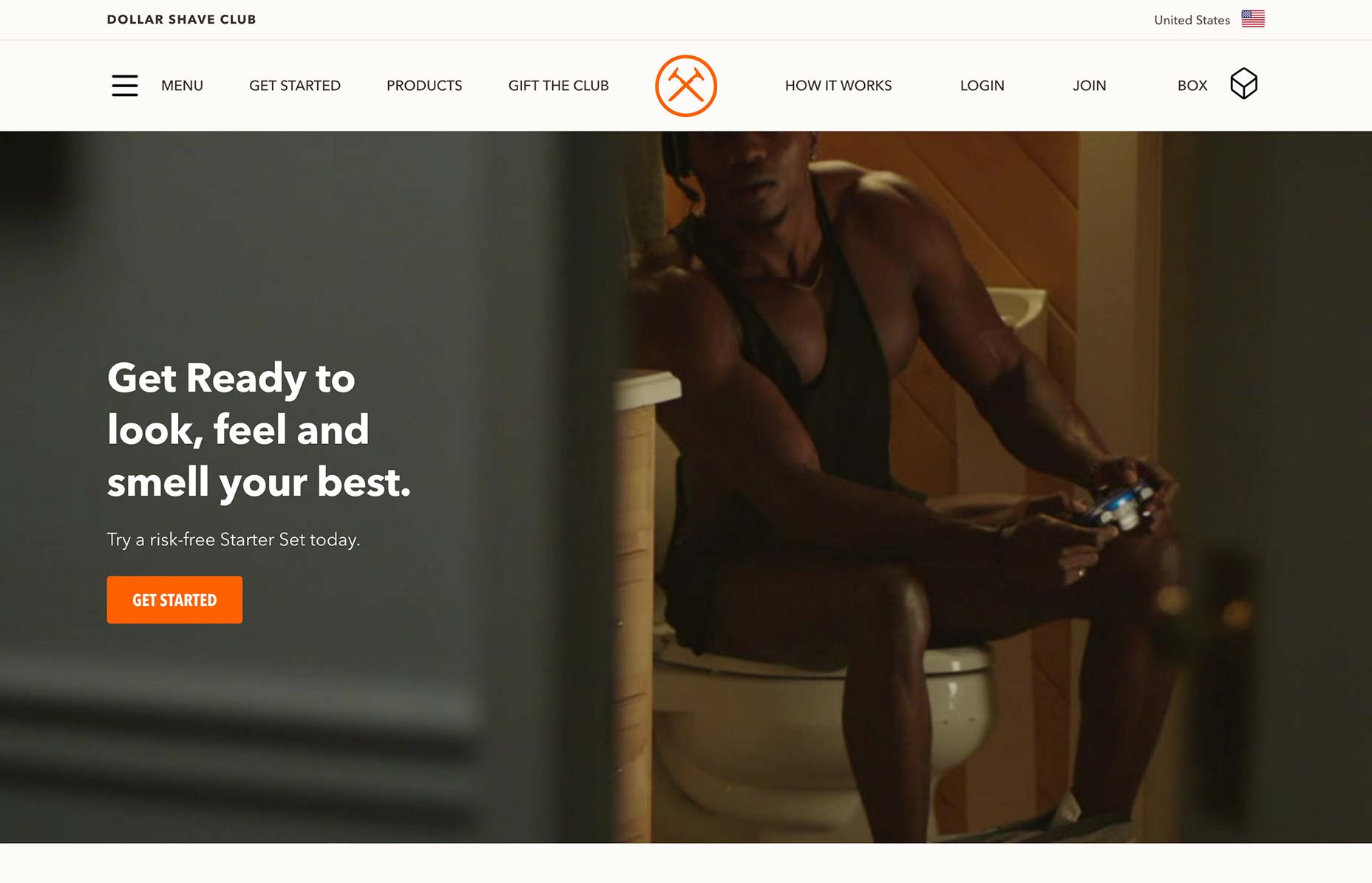The somewhat controversial topic of the usefulness of gamification in business has been sparking debates recently.
One claim is that it’s a great business tool that helps engage and retain clients, as well as lead them in the right direction. The opposite view holds that there are few real successes in gamification.
Today we’re going to the consider the case for gamification in interactive design, and illustrate it with some great examples.
The ABCs of Gamification
Gamification applies game elements, game mechanics and game thinking into non-game processes, like apps or websites, in an effort to make them more fun and engaging. However, it’s important to point out that gamification does not equal gaming or creating games for businesses. It simply borrows game features.
According to Statista calculations, the gamification market is expected to grow from the $4.91bn it was valued in 2016 to almost $12bn by 2021. The impressive gamification statistics doesn’t end at that. 40% of top organizations in the world are using gamification as their primary mechanism to transform business operations. The faith in this business tool is so big that some experts believe that by 2020 gamification will be widespread.
The main components that game mechanics are based on are the following:
Motivation — The reason users have to care, act or behave in a certain way; Mastery — A set of rules, skills and knowledge users need to have to complete the task; Triggers — The implementation of opportunities for users to fulfill their motivation.Motivation is the first important element in this chain. It gives users a reason to behave a certain way, to take a desired action, complete that training or adopt a healthier lifestyle. Studying how users behave and how to motivate them to take a desired action has a lot to do with behavior design. The principles of Burrhus Frederic Skinner and his Operant Conditioning Chamber lay the basis for studies on how to influence a certain human behavior in order to design a certain habit.
Next follows the How or Mastery — game mechanics can’t be based purely on a random luck, skills, knowledge or some rules needed to be involved in gamification as well. For a successful gamified experience, users need to feel a sense of achievement and improvement. That they are leveling up their skills. It should trigger a feeling of achieving something or mastering a skill. And as a user levels up, the difficulty of a task should go up as well.
And finally Triggers, cues to action. Effective triggers are essential for gamification. Very often between motivation and mastery, one very important element is missing, that will help your users overcome fears, doubt or distraction and finally complete the action. These are triggers.
According to behavior scientist, BJ Fogg, there are three types of triggers: facilitator (for users that have high motivation but the lack of ability), signal (is a reminder, users already have the motivation and ability to perform an action), and spark (for users that have high ability but low motivation).
And in order to achieve a desired action, gamification uses the following mechanics that serve as rewards: goals; badges; leveling up; fast feedback; leaderboards; competition; collaboration; points.
How to Make Gamification Work
Gamification rises quite high expectations. It’s believed to be a great tool to motivate users to change their behavior, develop skills and habits and solve problems. Businesses apply it to increase customer engagement, improve employee performance, to help with training, education and onboarding, personal development, innovation management, and the list goes on.
Businesses that used gamification drive more website traffic and lower time for conversions and onboarding. Even potential employees are gamification proponents. According to a study, 55% of Americans are interested in working for a company that uses gamification as a tool to increase productivity.
Can gamification really be the answer business has been looking for? Well, you never know until you try. But the important thing is to set the right expectations and use business gamification the right way:
It’s All About Correctly Designed Experiences
We know that poor UX design is the death of any product. So happens to be the case with gamification elements. If poorly designed, and that includes setting the right business objectives, the whole project will collapse.
Have Clear Business Goals
Don’t incorporate gamification just because it’s a trend. They’re has to be a clear business objective behind this decision. After business goals are set you have to perform a deep analysis to see if gamification is really the best tool to achieve them.
Create a Meaningful Motivation
Simply giving away badges, points or creating leaderboards is not enough. To truly engage for users, you need to offer them rewards that have some meaning and can be a real motivator to proceed with the desired action.
When Business Objectives Meet User Objectives
Don’t design gamification elements with purely your business goals in mind, failing to think that your efforts should be client-centered and with their desires and objectives in mind is the biggest misconception businesses have when opting for gamification.
Gamification Apps
What better way to understand how to apply gamification and whether it can really be a game changer for your business than through the success stories of others? Here are some of the most fruitful cases of applying gamification in business apps.
Magnum Pleasure Hunt
An AR app that gamifies its interaction with customers. As a result, a game where users can complete puzzles and collect Magnum ice cream bars has gathered more than 20 million plays and created a significant marketing buzz.
eBay
One of the eCommerce leaders has been gamifying shopping experience of its customers for years. eBay uses a bidding system, mutual buyer seller feedback interface, leveling up, and achievements to make online shopping a lot more fun.
Duolingo
A learning gamification app with around 60 million users. Duolingo has its own currency, badges, challenges, and achievements and the whole experience looks more like a game than learning.
Starbucks App
After adding gamification features to their app, Starbucks has managed to achieve shocking results — they’ve amassed 120 million users. The update included such fun features like using AR technology to play with your cup, sending a Valentine card and added some rewards like free downloads, product giveaways etc.
Nike+
The app uses rewards, trophies, and surprise gifts to help the users achieve their running goals — the more you run, the more rewards you get. By introducing an element of competition, the app allows its user to track and challenge their friends.
Foursquare & Swarm
By using gamification the app managed to grow their users base to 50 million users. The main game components they are using are check-ins and location sharing. They also motivate users by giving out points, badges, and mayorships to the most active ones.
Conclusion
Gamification offers wonders to business. It is deemed to able to solve many of its pressing issues: engage and retain customers, help with employee training and onboarding, attract more visitors to your website and convert them into your customers with a higher success rate. It’s important to remember that gamification isn’t a solution to every business problem, but if designed correctly, it can assist in achieving certain goals. The most important thing to remember is that it should be aligned not only with the business problems but customer problems, their goals and wishes as well.




